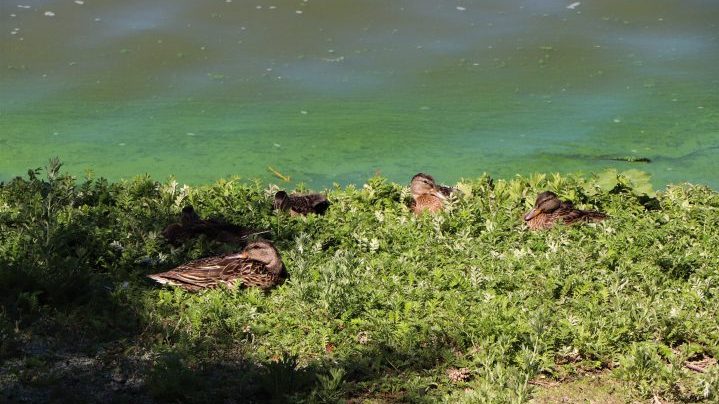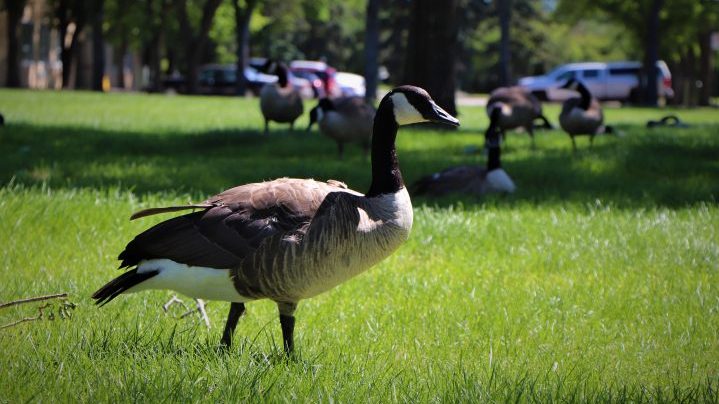From pelicans to plankton, there’s a lot going on in Wascana Park.

The Jewel of Regina is a hub of activity for migratory birds, fish and plant species, and is seeing an increase in pelicans visiting the area.
“What’s really special about the pelicans is actually they’re juvenile, so they’re not at nesting maturity yet,” said Sarah Romuld, an ecologist with the Provincial Capital Commission.
“They’re fishing, just kind of hanging out and having a good time. Those that are ready to nest, they’ll kind of carry on and go on to Last Mountain Lake, that area, and some even go to (Prince Albert).”
Romuld noted that when pelicans reach sexual maturity, a little hump forms on the top of their bills.
Pelicans have been spotted flying all around the park, however Romuld noted there are a few popular stops.

“Because they like to fish, they hang out by a lot of the aerators on the west lake,” she said, adding that the Trafalgar Overlook as a good vantage point.
“There’s also some in the marsh, some in the waterfowl display ponds, usually in front of the Science Centre as well.”
Pelicans like to feed on the bite-sized offerings found in Wascana Lake, such as minnows and stickleback, along with young suckerfish and pike.
Romuld said she’s seeing a greater array of duck species in the area this year due to an increase in aquatic vegetation.
The ecologist pointed to a “rather substantial” spring kill of invasive carp in 2019 that led to increased vegetation in Wascana creeks and improved water quality.
The bottom-feeding carp are known to dislodge plants and disturb ecosystems. Romuld said that while the fish are still in the water system, there are fewer now.
“As a result, we are bringing in different ducks and waterfowl. So you will see lots of avocets, lots of willets … canvasbacks, even wood ducks,” she said.

Despite all the wildlife competition, the Canada goose still looms large in Wascana Park.
Romuld noted the population this year is smaller than in 2019 but that large clusters of the birds — and their noticeable poop — might give the perception there are more.
She added that geese are wild, with plenty of natural ability and resources to forage for food without human intervention.
“We don’t actually need to feed the geese,” she said, noting that bread especially adds no nutritional value.
“If we feed them less, they will come up to people a little less frequently, they will congregate less and there will be less of a mess on the grass.”




Comments